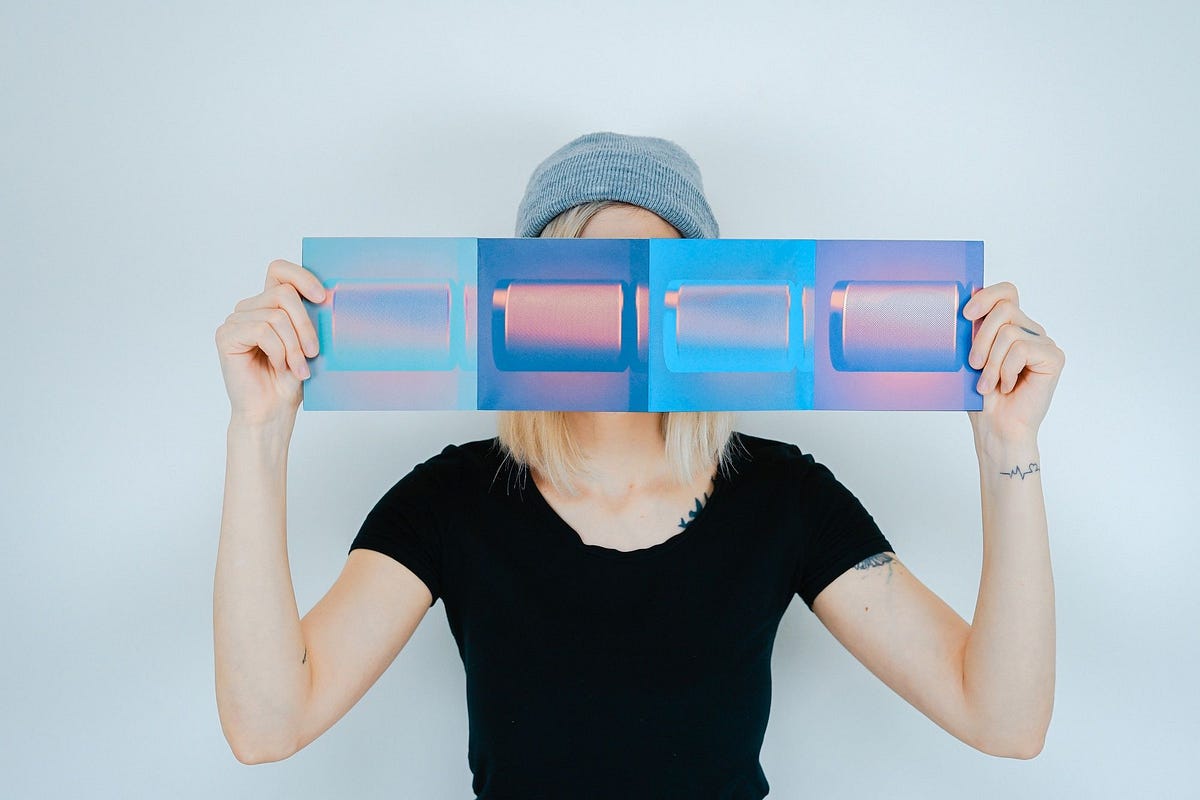I studied her mysterious smile; the veil covering her hair; and that iconic gaze, which followed me around the room.
As others came and went, snapping their quick trophy photos, I stayed with her for nearly an hour. Try as I might, I couldn’t bring myself to love her.
“But this is Mona Lisa,” I thought to myself, “Leonardo da Vinci’s great masterpiece.”
It was my first time in Paris, and I was visiting the famed portrait in the Louvre Museum. I knew I should like it, I just didn’t. As I struggled to unlock the mystery, I found myself… underwhelmed.
It made me think: how can a work of art be profoundly moving for one person and fall flat for another?
It comes down to taste. Our taste determines a range of judgments we make every single day.
As Nietzsche put it, “All of life is a dispute over taste.”
Taste is an internal gauge of sensory experiences. Simply put, it’s our gut reaction. Our taste feels so instinctual that it’s tempting to think it’s innate — that good or bad, you’re born with a certain level of taste.
But where does taste really come from? And how, if at all, can we develop good taste?
These questions are essential for anyone who creates products, because our personal tastes shape our designs, but our customers’ tastes determine our success.
What shapes our tastes
The Sydney Opera House initially caused a public outcry. Designed by Danish architect Jørn Utzon, its distinctive, angular design was considered a garish monstrosity. Today, the building is a national treasure. What once was shockingly novel is now an iconic postcard image.
At the outset, we’re drawn to the familiar and reject the unfamiliar, but we acquire a taste for it over time.
In certain situations, novelty also shapes our taste positively — like our attraction to new designs or updates. That’s one of the reasons Apple’s early adopters are willing to shell out major cash to get the latest technology before the masses. (A year after its original release, Apple shipped the iPhone 3G at $199, a 66% price reduction from the original $599 price tag.)
In this case, our desire to nab an updated iPhone overcomes the rational course of action: waiting to purchase until the first price cut. First, however, you need to attract the kind of loyal customer base that Apple has managed to nurture.
Then, there’s the “I’ll have what she’s having” phenomenon, which doesn’t just happen in restaurants. We’re often influenced by what we see others doing, and presumably, liking.
As it turns out, we have more faith in our fellow humans’ tastes than we might expect. In a 2006 experiment, people were offered the chance to download free songs after they had listened to and ranked the songs. When the participants saw what others had chosen, they were more likely to follow suit. “Popular” songs quickly racked up more downloads, while less popular songs continued to sink lower.
But exposure alone doesn’t influence taste. Research shows that simply seeing Mona Lisa again often won’t help me to fall in love. We can, however, acquire taste through education.
Maybe if I learn the story behind Da Vinci’s painting and the historical context in which it was created, I might come to appreciate the piece.
Likewise, newcomers to the world of wine often have trouble appreciating higher quality vintages. That’s why a sommelier might offer a novice a more approachable wine — like a light, fruity Pinot Noir — rather than a complex, well-aged Bordeaux. But with time and some palate training, anyone can enjoy a truly great wine.
Tips for developing good taste
Given the many factors involved, is there anything we can do to develop good taste? In my case, I’m not artistically gifted, but I care deeply about Jotform’s aesthetic appeal and usability.
According to art historian Maxwell L. Anderson, former director of the Whitney Museum of American Art, “Judging quality in art or design is a skill that anybody can develop.”
It takes deliberate effort, and training our natural impulses to respond to new stimuli. For instance, I come from a long line of olive growers. After working the harvest and tasting the results for years, I’m a pretty good judge of a high-quality olive oil. Wine, however, has never been my forté. But if I apply to a glass of wine the same criteria I use to sample an olive oil, I might be able to better appreciate the wine. And the more I taste, the more refined my palate will become.
We can also improve our taste by consuming content about our target subjects. Read blogs, subscribe to magazines, and follow influencers and experts on the topics that matter to you.
These sources can help us to refine our cognitive tastes. They do the heavy lifting of researching and testing, and we can allow their expertise to guide our own experiences and subjective judgments.
As author Alain de Botton once tweeted:
“Cooks: make the food others too busy to prepare. Writers: articulate the thoughts others too preoccupied to formulate.”
Finally, we can aim to surround ourselves with people who have good taste. As entrepreneur and author Jim Rohn wrote, “You are the average of the five people you spend the most time with.”
Our social circles influence our preferences.
If you’re redecorating and want to develop a better eye for furniture, spend time with interior designers. If you’re creating a logo and don’t know where to begin, hang out with graphic design pros. Ask about their processes and where they find inspiration: which magazines, blogs, podcasts, and books they love. Follow these pointers and your taste is bound to improve.
Applying taste to product design
As entrepreneurs, our taste determines the look and feel of our products. But our customers’ tastes are just as important — or better yet, their future tastes.
If we can predict their tastes, we’re one step closer to obtaining Apple- and Tesla-level early adopters. These can be game-changing customers, so it’s important to put yourself in their shoes.
There are two sides to exploring our customers’ tastes: learning and influencing. On the learning side, it’s easier than ever before to gather information about our target users. Armed with that information, we can adjust our products to serve customers’ wants and needs.
The main reason why customers abandon companies, according to the Rockefeller Foundation, is perceived indifference.
At Jotform, we try to make customer experience a priority — listening to their preferences and paying close attention to their troubleshoot reports. Indeed, focusing on our customers helped us gain 1 million new users and even inspired a new product idea.
On the other hand, we can also influence our clients’ tastes. If the market isn’t ready for our products or designs, we can actively shift that thinking.
The key is marketing and selling your innovation by tapping into the novelty factor — a la Tesla. Or, show people how your product enhances a familiar experience.
For example, I love the tactile experience of books — the smell of the paper; the ability to dogear pages; and the satisfaction of working my way from cover to cover.
There was a time when you couldn’t pay me to use an e-reader. But once I discovered the convenience of digital books, my thinking changed. I still love paperbacks, but my e-reader is a complement, not a replacement, to my avid reading habit.
From good taste to loyal users
Like a muscle, taste is something we can train and develop. An elevated sense of taste, in turn, boosts creativity, and enables us to create better products.
While cultivating our own taste, it’s equally important to focus on the ever-changing desires of our customers. And remember influential factors like novelty, familiarity, and popularity.
If we listen carefully and craft the right messaging, we can even lead people to a new way of thinking, and create a larger, more loyal user base.
Book lovers can become e-book subscribers. And a newbie to Italian Renaissance art can become Mona Lisa’s biggest admirer.
















Send Comment: